The Art of Repurposing: The Extraordinary Conversions Housing London Galleries
By Something CuratedVictoria Miro & Parasol Unit | Claudio Silvestrin & Michael Drain
Amongst the jungle of newly built flats springing up between Angel and Hoxton, two warehouses, partly obscured by a drive-through McDonald’s, house Victoria Miro gallery and Parasol Unit Foundation for Contemporary Art. These are undoubtedly two of the most exciting contemporary art spaces in the city, both in regards to the artworks on display and the architectural presence of the buildings.

Gallerist, Victoria Miro, set-up her eponymous gallery at 16 Wharf Road, redeveloping an expansive disused furniture factory. With exhibition spaces on two floors and a garden overlooking a picturesque section of the Regent’s Canal, the space has been thoughtfully designed, preserving the building’s integrity and several of its original Victorian features. In 2006 the gallery expanded further, opening a new glass-walled space on the top floor. Designed by Claudio Silvestrin and executed by Michael Drain Architects, the extension provided new galleries, viewing rooms, and offices for Miro.
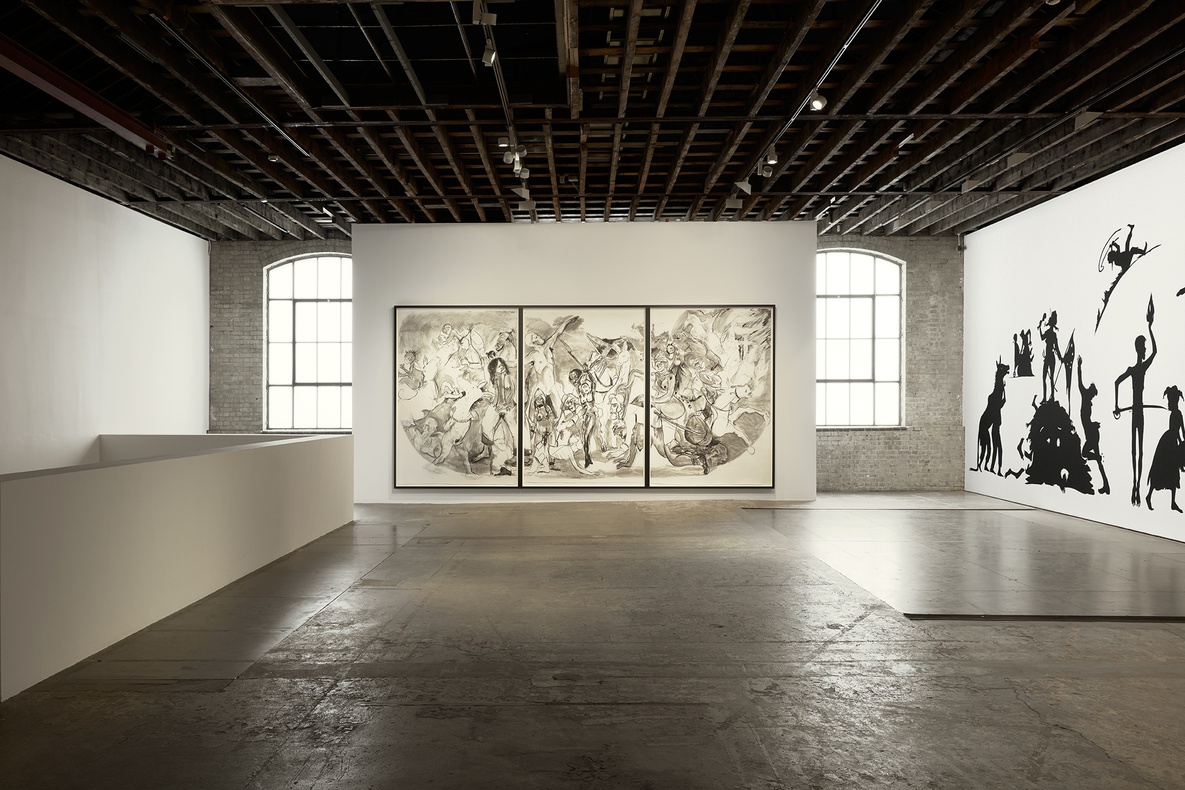
The converted warehouses are also the base of Parasol Unit, a non-profit organisation founded in 2004 by art historian and curator Ziba Ardalan, which runs an innovative exhibitions programme that has introduced several international artists to London. The space, designed by Michael Drain Architects, though separate with an individual visitor entrance, connects to Victoria Miro gallery through the back garden, as well as at the top of a narrow staircase that runs up the height of the entire building.
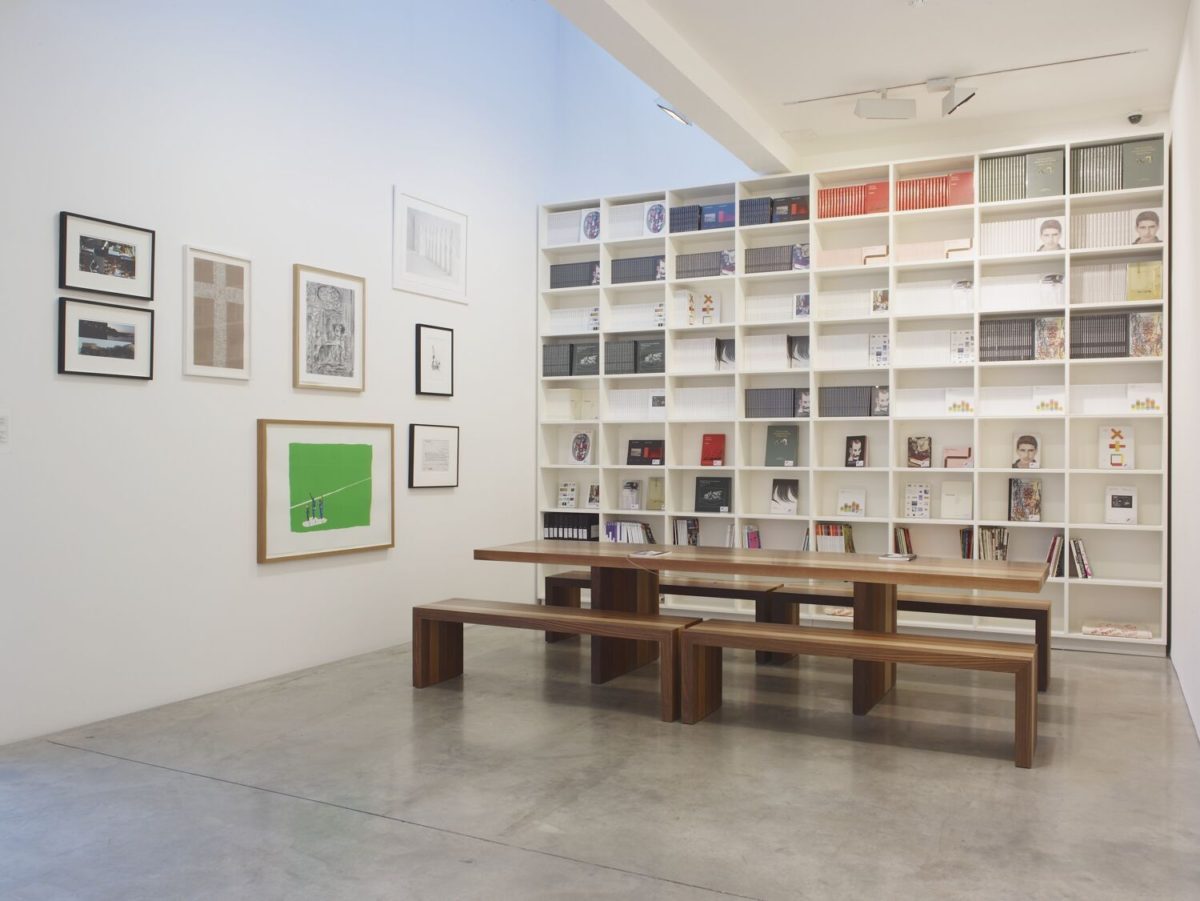
Unusually, Victoria Miro gallery jumps from the ground floor to the second, skipping a level in between, and then to the new double-height space which sits atop the refurbished Victorian warehouse. The emphasis on the views from the top floor ensures that you are always aware of the city as background to the art. The building provides a context beyond the whiteness of the gallery walls, feeling, in parts, evocative of a public gallery or a civic building with a remit to make a connection between context and object, rather than the more traditionally neutral commercial gallery.
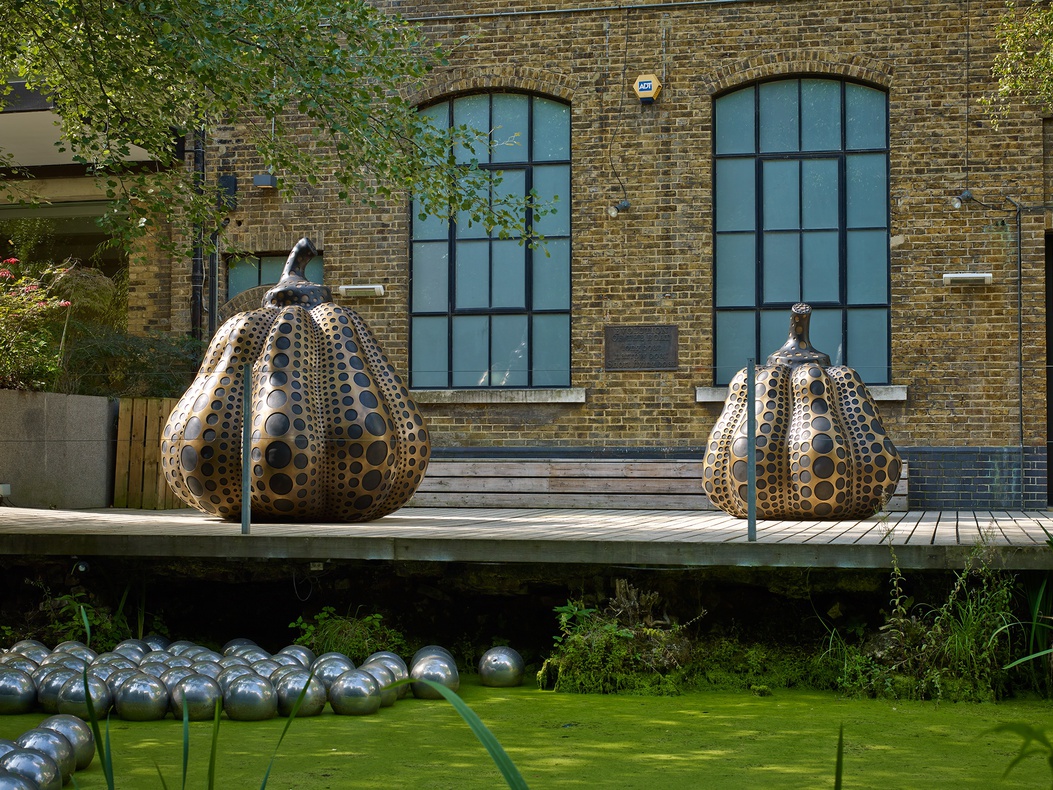
Paradoxically, the unusual structure of the building, with its narrow original staircases, wooden beams and numerous doorways, offers unusual paths for visitors to navigate, creating the sense of a private space or home. Uniting a careful selection of the warehouse’s original features with refurbished and new contemporary elements creates a striking effect. A combination of polished poured concrete and restored timber floors underlines this design philosophy.
Yayoi Kusama is currently exhibiting at Victoria Miro, open till 30 July 2016.
And open till 19 June 2016 at Parasol Unit is a group show entitled Magical Surfaces: The Uncanny in Contemporary Photography.
14-16 Wharf Road, London N1 7RW
TJ Boulting | Self managed
TJ Boulting was established in 2011 as the new gallery of Trolley, a dynamic blend of art space and publishing house formerly based in Shoreditch. Relocating to Fitzrovia, the gallery is named after the building it now inhabits. Housed in the elegant Arts & Crafts block at the corner of Riding House Street and Candover Street, TJ Boulting represents emerging British and international artists, who have often not exhibited before in London.
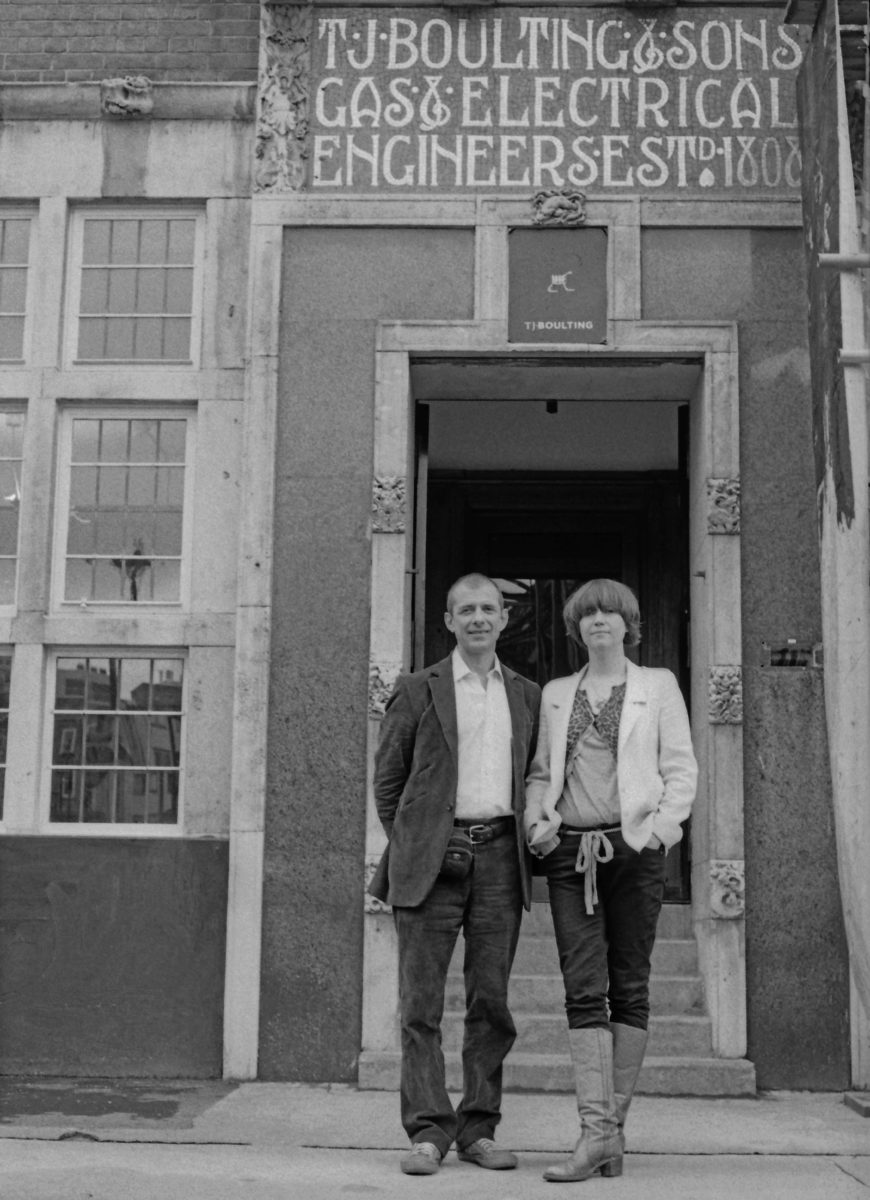
Easily recognisable by the verdant mosaic panels declaring in a swirling gold script, “TJ Boulting & Sons Gas & Electrical Engineers. Est.1808” and “Sanitary & Hot Water Engineers” on its two facades, the structure’s renovations have been carefully considered and executed, highlighting the building’s remarkable original features as well as providing a neutral site downstairs to exhibit artworks.
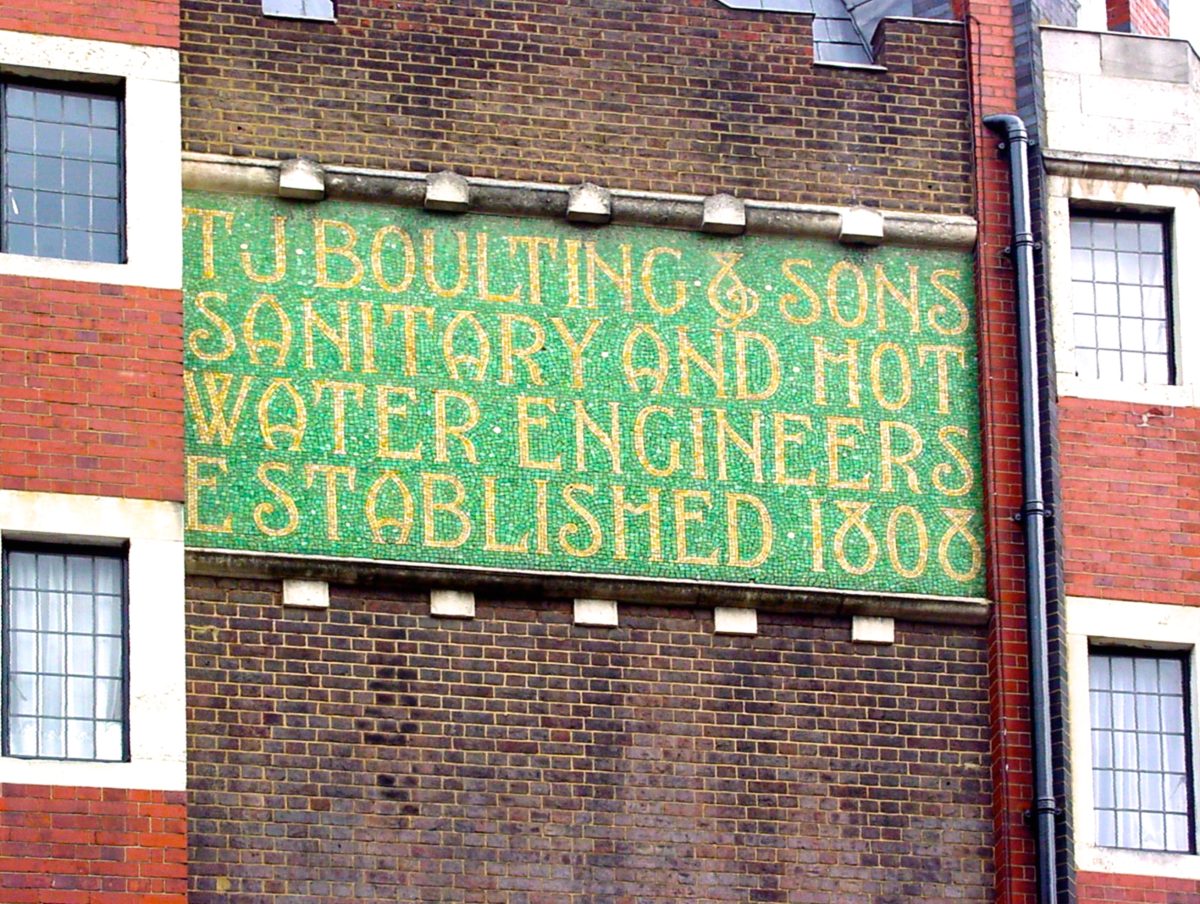
After falling in love with the space, directors Gigi Giannuzzi and Hannah Watson patiently waited for over a year to move in, painstakingly overcoming structural and flooding issues. In their sympathetic refurbishment of the grade two listed building, they have stripped back layers of linoleum to reveal beautifully preserved parquet flooring and another mosaic located, rather fittingly for a sanitary engineers’ office, in the lavatory.

Open till 2 July 2016 at TJ Boulting is a group show titled Now You See Me: The Body in Photography.
59 Riding House St, London W1W 7EG
Sadie Coles HQ
In 2013, prominent London gallerist Sadie Coles expanded her West End portfolio with the opening of a sizeable new space on Kingly Street. Formerly La Valbonne, a well-known Seventies nightclub famed for its fish tank ceilings, the updated 6000 square feet conversion is now home to the latest Sadie Coles HQ.
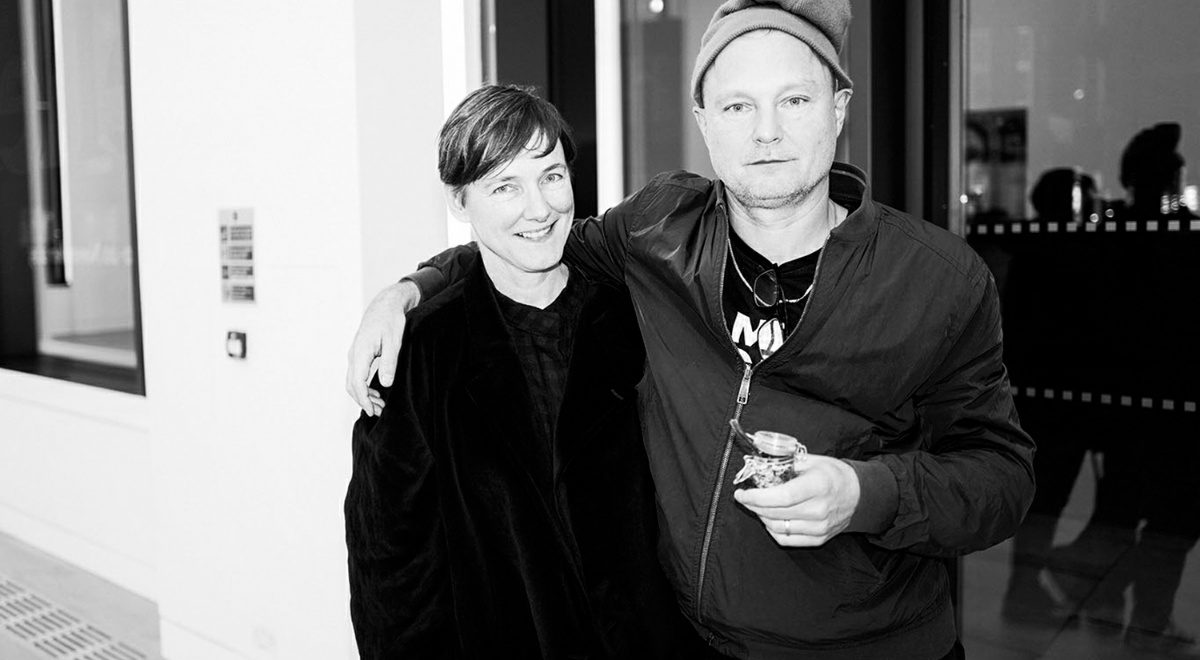
Coles is not the only gallerist to have setup shop in the area in the past few years. Cork Street, the traditional Mayfair hub of the London art world, may be in decline with its historic handful of remaining galleries being ousted out by spiralling rents, but in all the surrounding streets, galleries from both home and abroad, including Hauser & Wirth, David Zwirner and Thomas Dane, are moving into some of London’s most prestigious addresses.
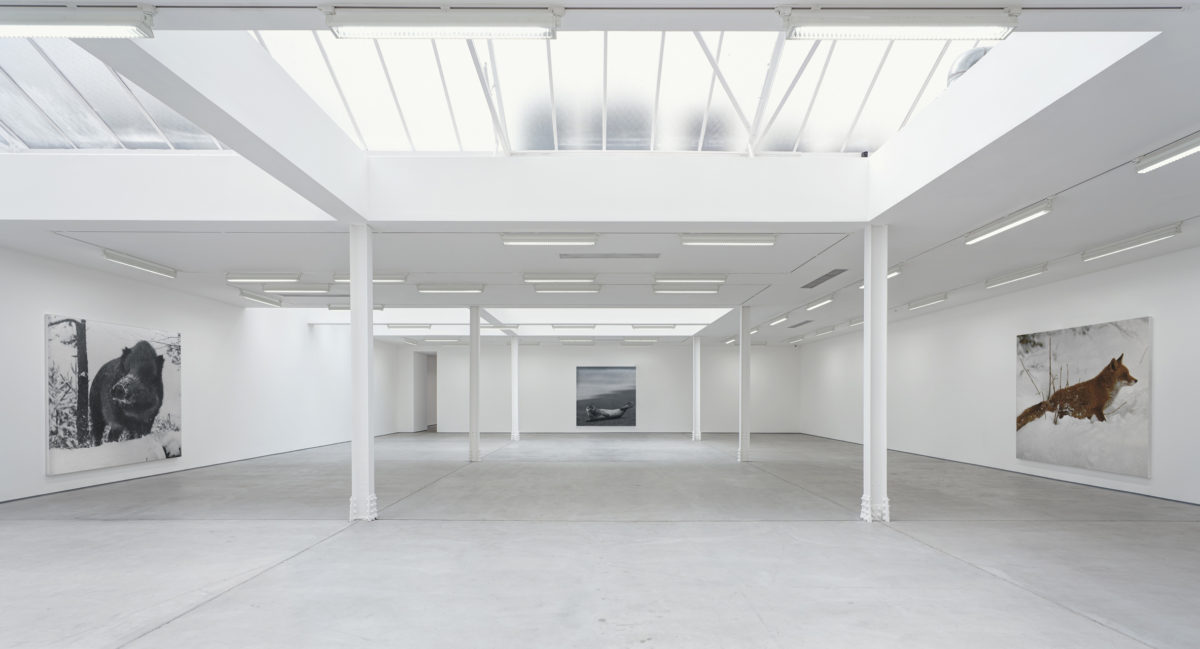
The Kingly Street gallery sprawls across the first floor of the listed nineteenth century building, brightly lit and fitted in neutral tones. Designed to emphasise the sheer scale of the space, using double ceiling height and a minimalist design, the converted club offers an ideal site to display artworks. A glass roof, providing copious natural light shows exhibits to their best advantage.
Richard Prince is currently exhibiting at Sadie Coles HQ, Kingly Street, open till 18 June 2016.
62 Kingly St, London W1B 5QN
Raven Row | 6a Architects
Founded by supermarket heir Alex Sainsbury in 2009, Raven Row Gallery is a major non-profit art space located nearby Liverpool Street. After close to two decades on the periphery of the contemporary art world, Sainsbury finally found his calling in the shape of an 18th-century grade one listed building in a quaint lane on the edge of the City of London.
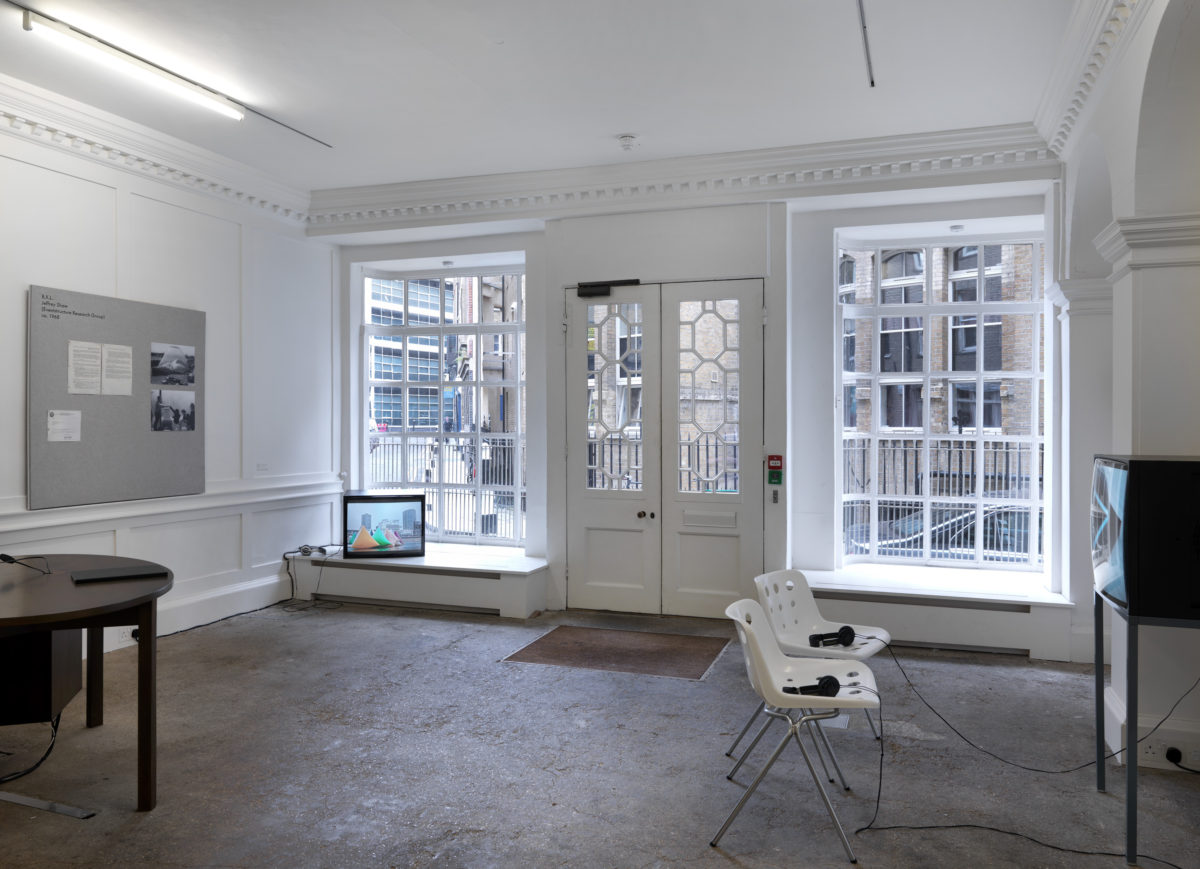
Surrounded by his family’s incredible art collection from a young age, he always knew he wanted to do something in art, but struggled to decide exactly what. Sainsbury came across the building by chance, which had been empty for 12 years. Once the founder got his hands on it, with the expertise of London architects, 6a, he spent four years restoring the space.
The contemporary art centre, which utilises two former mercers’ houses and a concrete-framed office building that was built in 1972, comprises gallery spaces, offices, two residential apartments and a working artist studio. Extensive excavation was required at the front of the building to create two new galleries, connected to the older buildings by a cantilevered staircase. The architects used charred timber, referencing a fire the building was ravaged by in the early 70s, for the skylights, along with ironwork that has preserved the texture of the sand from which it was cast on its surface.
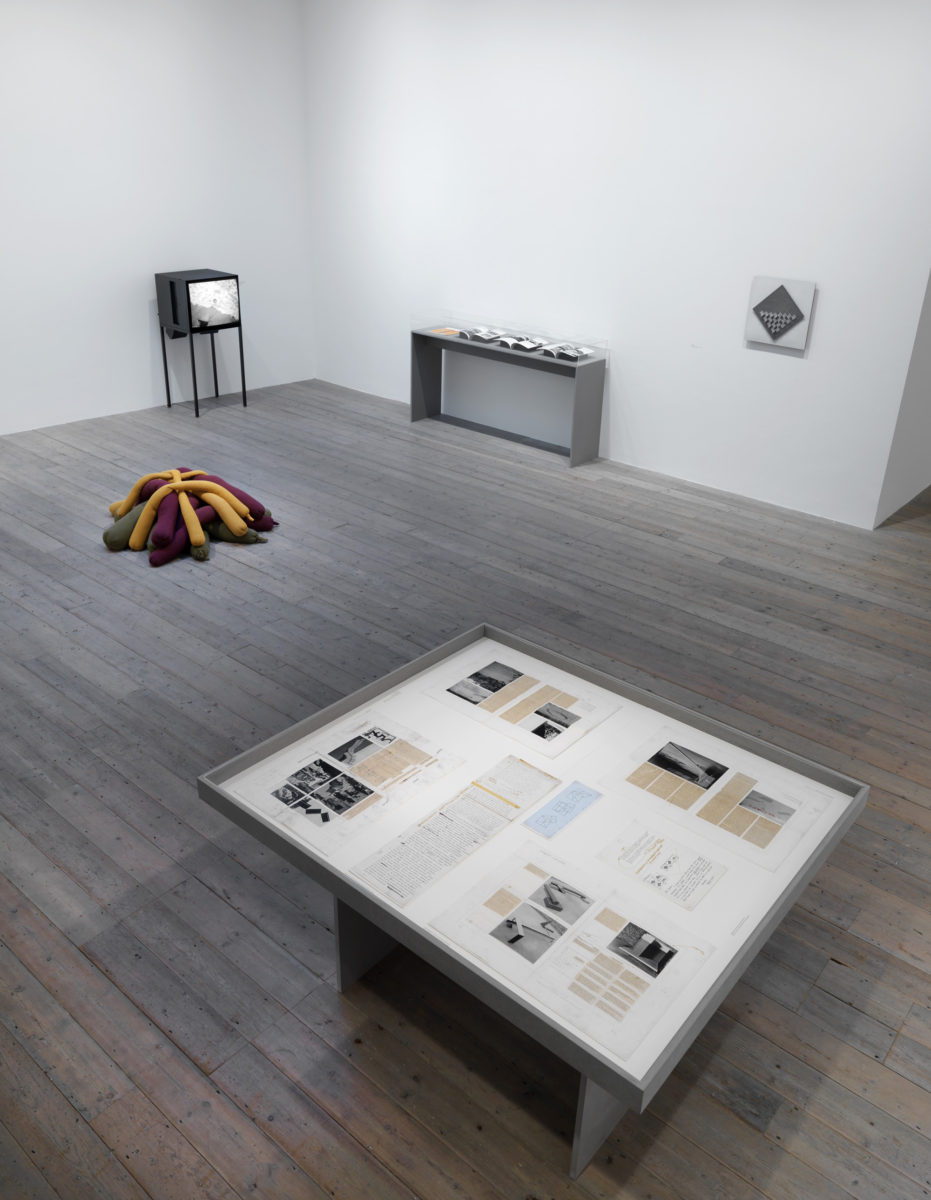
Tom Emerson of 6a Architects says: “Raven Row was first constructed in 1754 and subsequently added to, converted, neglected, damaged and repaired over two and a half centuries. The latest layer weaves itself through the buildings, informed by their history and in turn transforming them.”
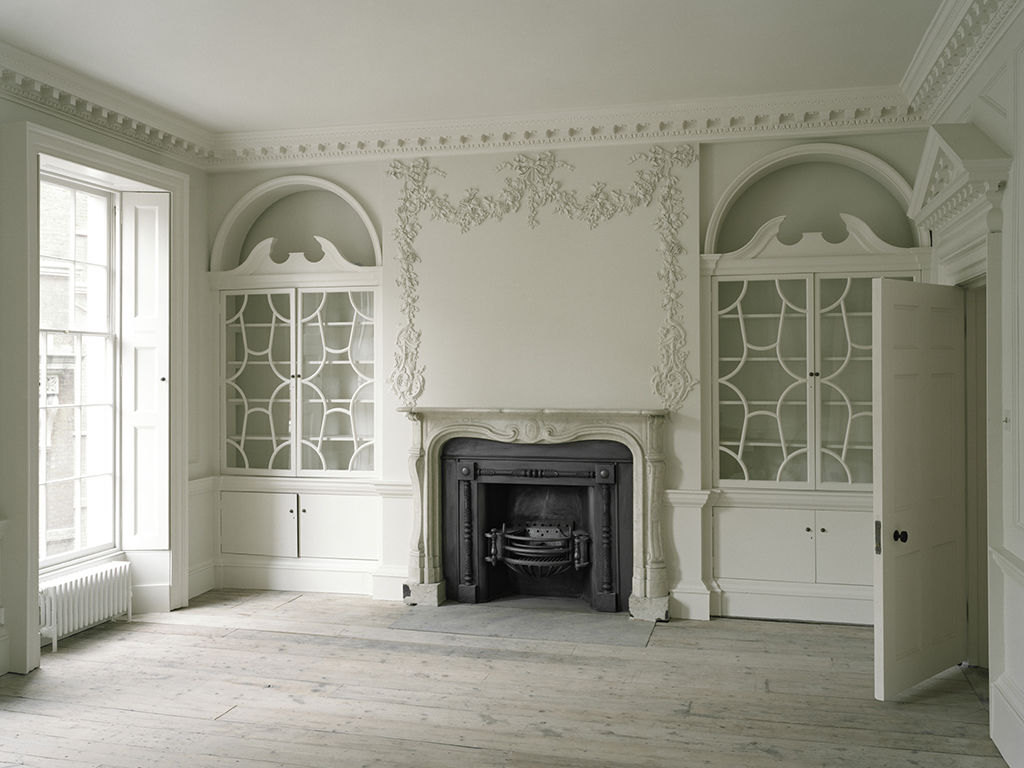
Opening at Raven Row from 30 June to 18 September 2016 is Lukas Duwenhögger: You Might Become a Park.
56 Artillery Lane, London E1 7LS
Text by Keshav Anand